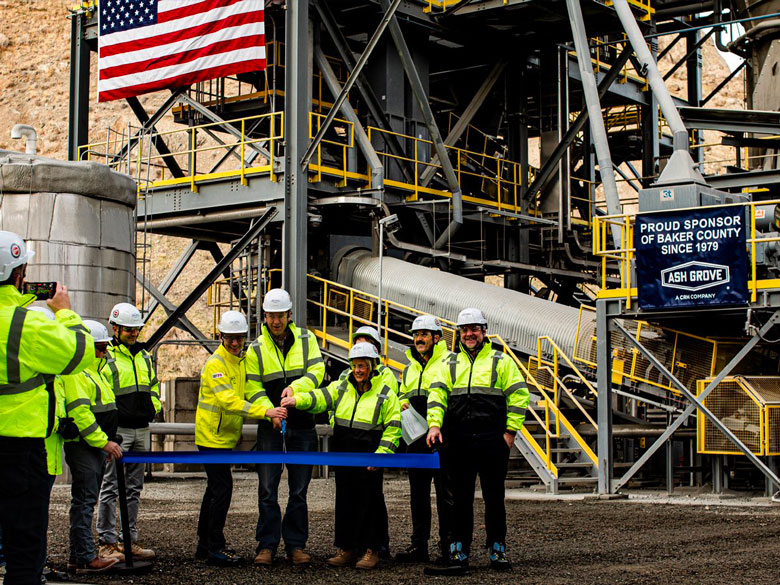The Portland Cement Association and peer groups representing enclosure and structure types that compete head-to-head with concrete methods have joined a National Association of Manufacturers (NAM) legal effort to stop implementation of the Clean Power Plan, through which the Environmental Protection Agency (EPA) seeks sharp reductions in carbon dioxide emissions from utilities and energy-intensive industries.
NAM’s Center for Legal Action petitioned the U.S. Court of Appeals for the District of Columbia Circuit for review of the Clean Power Plan, formally titled “Carbon Pollution Emission Guidelines for Existing Stationary Sources: Electric Utility Generating Units.” EPA published a final rule on the plan in the Oct. 23 Federal Register, which triggered a petition a) characterizing the final rule as “arbitrary and capricious, contrary to the United States Constitution and the Clean Air Act and regulations promulgated there under,” and b) requesting “this Court hold unlawful, vacate, enjoin, and set aside the final rule.”
Critics cite the likelihood of higher energy prices and premature retirement of coal-fired power generating stations among pitfalls of the Clean Power Plan, which over a 15-year window seeks to cut U.S. carbon dioxide emissions by more than 30 percent against 2005 levels.
In a statement on the petition, NAM Senior Vice President Linda Kelly said, “Manufacturers need abundant and reliable supplies of energy and reasonable and predictable policies that allow for continued investment and growth. This plan restricts resources and reduces reliability, while setting a dangerous precedent for future regulation of other sectors.”
“Manufacturers have been and remain committed to reducing greenhouse gas emissions, [lowering them] by more than 10 percent since 2005,” Kelly continued. “Unfortunately, this regulation disregards basic economic realities and clear limits established by Congress to the EPA’s authority.”
Along with NAM and PCA, petitioners in the court action include the Brick Industry Association, American Iron & Steel Institute, American Wood Council, National Lime Association plus nine other business or industry groups.



